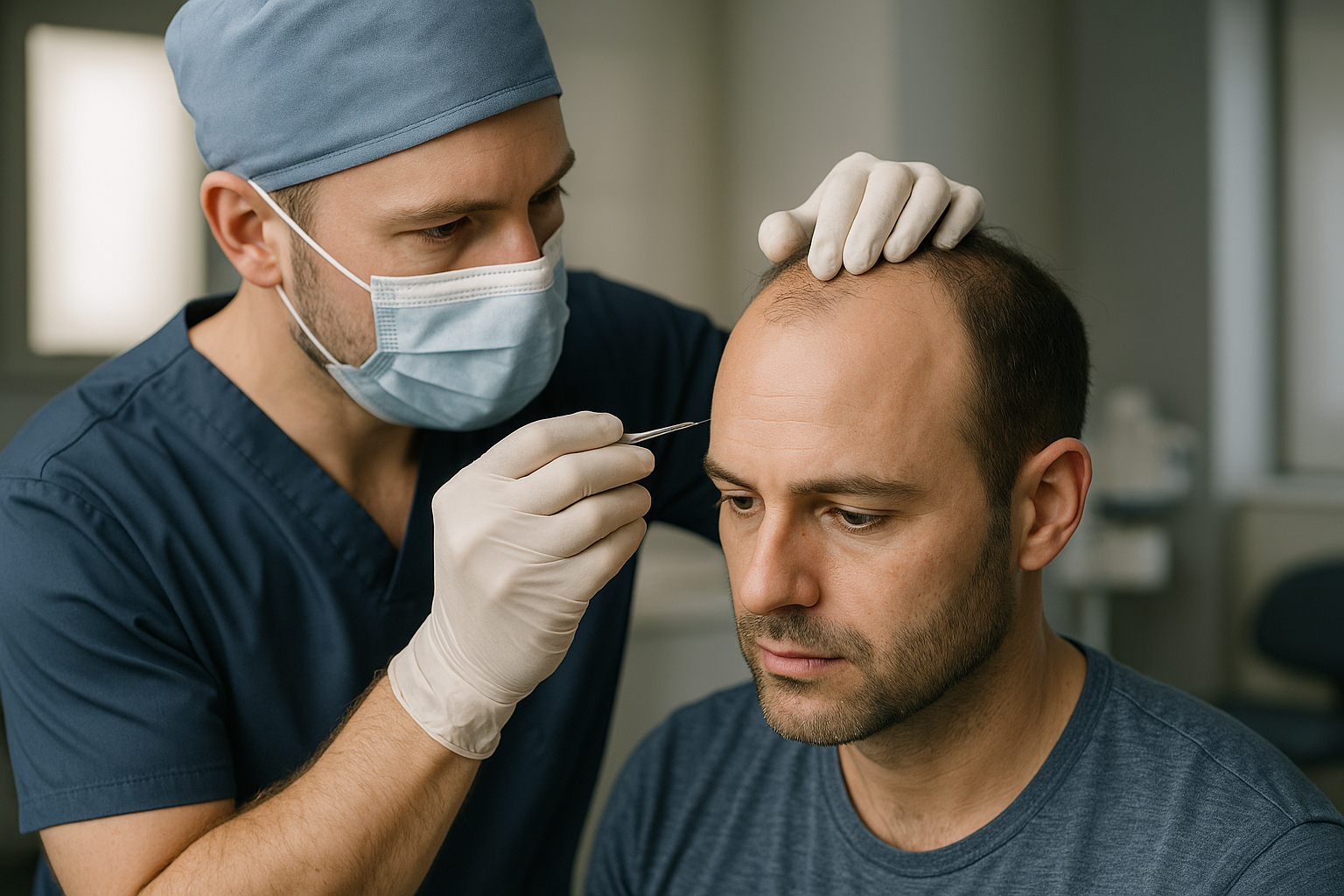Dermatologist Jobs: Roles, Training, and Clinical Practice
Dermatologist jobs cover the professional roles and responsibilities of medical doctors who diagnose and treat conditions of the skin, hair, and nails. This article outlines typical clinical duties, training pathways, work settings, and professional standards without listing specific job openings or salary information. It aims to clarify the scope of dermatology as a career and the clinical functions performed in hospitals, clinics, and other healthcare settings.

This article is for informational purposes only and should not be considered medical advice. Please consult a qualified healthcare professional for personalized guidance and treatment.
What does a dermatologist/doctor treat?
Dermatologists diagnose and manage a broad range of skin disease, from common conditions such as acne, eczema, and fungal infections to autoimmune and genetic disorders that affect the skin. Clinical work commonly involves detailed skin examination, patient history, and use of diagnostic tools to inform diagnosis. Treatment plans combine topical and systemic medicine, procedural interventions, and long-term monitoring for chronic conditions.
In addition to disease management, dermatologists advise on prevention and safety measures relevant to skin health, including sun protection, wound care, and medication interactions. Patient education is a core component: explaining diagnostic findings, discussing treatment options, and setting realistic expectations for outcomes and follow-up care.
Where do dermatology roles work: hospital or clinic?
Dermatology roles are found in a variety of healthcare settings. Hospitals often host dermatologists who consult on complex inpatient cases, participate in multidisciplinary rounds, and contribute to dermatopathology or transplant-related care. Outpatient clinics and private practices focus on ambulatory care, long-term management of chronic skin disease, and elective cosmetic procedures.
Many dermatologists combine clinical practice across settings, splitting time between hospital-based diagnostics and clinic-based examinations or procedures. For patients seeking local services, clinics and hospital outpatient departments provide different models of access and continuity of care depending on regional healthcare structures.
How are diagnostic examinations conducted?
Diagnostic examination in dermatology starts with a thorough visual assessment and patient history to identify patterns of skin involvement. Dermoscopy, skin biopsy, microbiological cultures, and blood tests are commonly used to reach a diagnostic conclusion. Dermatopathology—microscopic examination of skin tissue—plays a central role in confirming or refining clinical diagnosis.
Effective diagnostic workflows emphasize informed consent, appropriate sampling techniques, and coordination with laboratory services. Clear documentation of findings supports ongoing clinical management and, when relevant, referral to other medical specialties for systemic disease evaluation.
What treatments and cosmetic services are offered?
Treatment options range from topical therapies and systemic medicine to phototherapy, minor surgical excisions, and cosmetic interventions. Medical treatments address inflammatory, infectious, and neoplastic conditions; procedural care includes excisions, cryotherapy, and diagnostic biopsies. Cosmetic dermatology encompasses injectables, laser therapy, and skin resurfacing, with an emphasis on safety and realistic outcomes.
Clinical decision-making balances efficacy, patient safety, potential side effects, and interactions with other medicines. Pre-procedure assessment, standardized safety protocols, and post-procedure follow-up are common practice elements to reduce risk and support positive patient experiences.
What training and professional standards apply?
Training to become a dermatologist typically involves medical school followed by residency in dermatology and, in some systems, optional fellowship training for subspecialties such as dermatopathology, pediatric dermatology, or cosmetic procedures. Professional standards require licensing, adherence to clinical guidelines, and ongoing continuing medical education to maintain competency in diagnostic and treatment advances.
Regional factors influence training and practice models: for example, regulatory requirements and healthcare delivery patterns in Japan differ from those in other countries, affecting clinic organization and referral pathways. Practitioners must adhere to local safety standards while applying evidence-based dermatology principles.
Conclusion
Dermatologist jobs encompass diagnostic, clinical, and procedural responsibilities within diverse healthcare environments, including hospitals, clinics, and specialty centers. The role requires comprehensive medical training, attention to patient safety, and continuous professional development to manage skin disease and provide safe cosmetic and diagnostic services. This overview describes the scope of practice and professional considerations without implying the availability of specific job listings or salary information.






